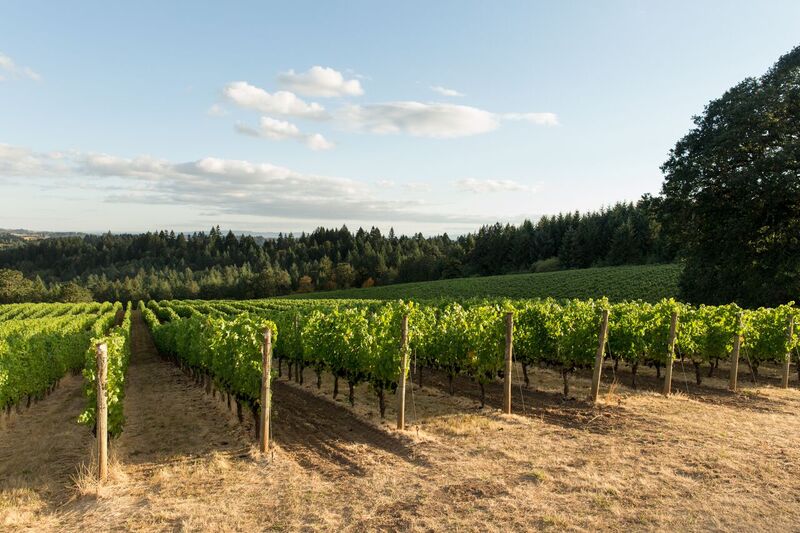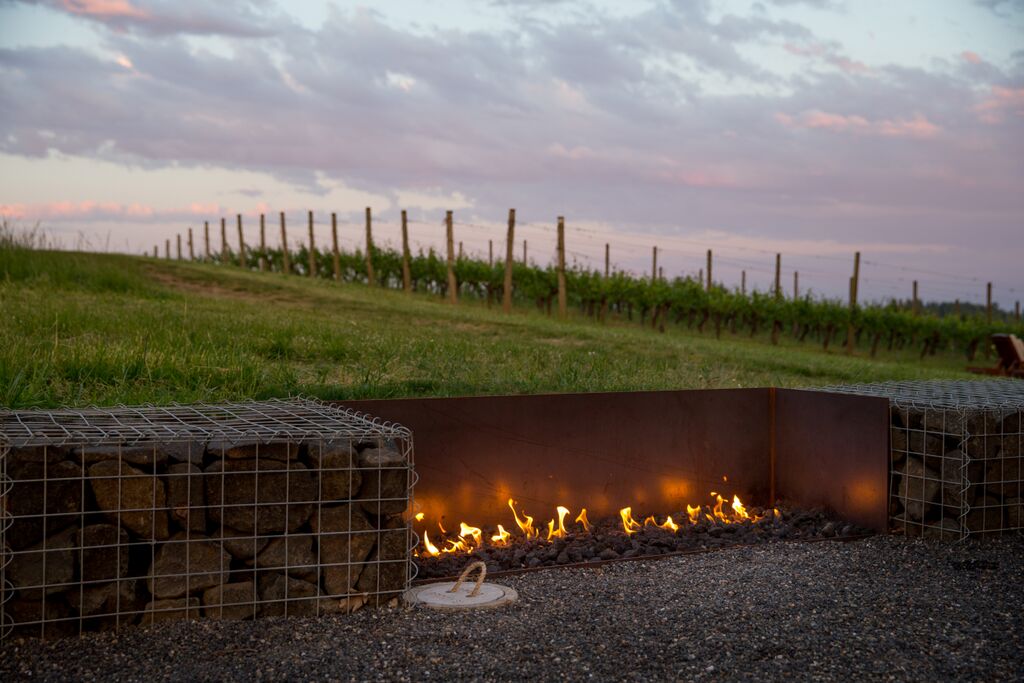Panther Creek Cellars
Our Vineyards


Vineyards
Panther Creek maintains partnerships and contracts with some of the most iconic vineyards in Oregon.
FIR CREST
Yamhill Carlton AVA
12 acres planted in 2003
Sedimentary Willakenzie soil
LIVE Certified Sustainable
SHEA
Yamhill Carlton AVA
140 acres planted in the late 1980s
Sedimentary soil over fractured sandstone
LAZY RIVER
Yamhill-Carlton AVA
33 acres planted in 2000
Predominantly Jory bench with some Yamhill Series soil
LIVE Certified Sustainable
SCHINDLER
Eola-Amity Hills AVA AVA
18.56 acres planted in 2000
Volcanic soils & shallow Nekia series over ancient basalt
LIVE Certified Sustainable
CARTER
Eola-Amity Hills AVA
22 acres planted in 1979
Shallow silty clay loam known as Nekia
KALITA
Yamhill Carlton AVA
22 acres planted in 2000
Sedimentary Willakenzie soil
LIVE Certified Sustainable
DE PONTE
Dundee Hills
15 acres planted in 1975
Red clay-loam and volcanic soil
FRENCH CREEK
Columbia Valley AVA
9 acres planted in 1981
Wente clone
Predominantly Loess soil – sedimentary soil typically formed by the accumulation of wind-blown silt
TEMPERANCE HILL
Eola-Amity Hills AVA
100 acres planted in 1980 & 1981
Nekia, Rittner and Jory soils
American Viticultural Areas (AVA)
Chehalem Mountains – This AVA is located southwest of Portland in the northern Willamette Valley and is comprised of almost 70,000 acres, 1,600 of which are grapes grown in over 100 vineyards. The Chehalem Mountains were formed by uplifted sedimentary seabeds, lava flows, and wind-blown silt to create the highest elevations and most diverse soils in wine country. These distinctions make its winegrowing region famous for rich, elegant and complex wines including its trademark pinot noir.
Dundee Hills –This AVA is approximately 30 miles southwest of Portland and contains the first grapes planted in the Willamette Valley. Today, it remains the most densely planted locale in the valley and state. Over 1,700 acres of grapes are planted in approximately 50 vineyards within the 12,500 acres of this almost exclusively basaltic landmass.
Eola-Amity Hills – Adjacent to the Willamette River, these hills constitute almost 40,000 acres on which more than 1,300 acres of grapes are planted. Shallow soils and the Van Duzer corridor are two of the predominant influences on the characteristics of wines from the Eola Hills. Eola Hills’ soils contain predominantly volcanic basalt from ancient lava flows, combined with marine sedimentary rocks and/or alluvial deposits, making a shallower and rockier set of well-drained soils which produce small grapes with great concentration.
McMinnville – This AVA contains 40,500 acres (600 of which are planted with wine grapes) sits due west of the city of McMinnville. The region’s significant geological history here has helped to shape a highly complex and varied terroir. Its eclectic combination of soil and the AVA’s unique climate helps create optimal conditions for viticulture. The McMinnville AVA has a unique soil complexity on which to grow its approximately 600 (and growing) acres of planted wine grapes.
Ribbon Ridge – This is the smallest AVA in Oregon and is contained within the larger Chehalem Mountains AVA. Ribbon Ridge stretches between the towns of Gaston and Newberg and is distinguished by uniform, unique ocean sedimentary soils and a geography that is protected climatically by the larger landmasses surrounding it.
Yamhill Carlton – This AVA is located north of McMinnville and centered around the towns of Yamhill and Carlton and is made up of nearly 60,000 acres. Historically sustained by farming and forestry, this pastoral corner of Oregon’s northern Willamette Valley was the final destination for many early Oregon Trail pioneers and is quickly emerging as a global center of Pinot Noir production.
